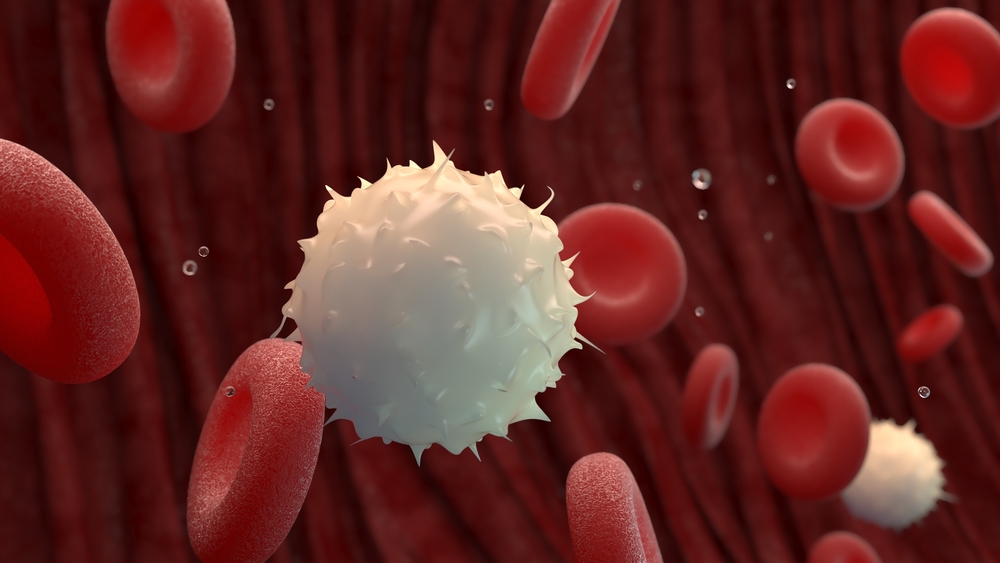In the ongoing battle against cancer, researchers continuously seek innovative and more effective treatment strategies. While antioxidants have long been praised for their protective qualities, a groundbreaking discovery is shifting the focus of cancer research. A vitamin K precursor, previously known for its nutritional role, has now emerged as a potent agent capable of targeting and eliminating cancer cells. This remarkable finding paves the way for new cancer therapies, suggesting that the key to overcoming cancer may lie within the very mechanisms that fuel its growth.
Understanding Vitamin K Precursors
Vitamin K, a fat-soluble vitamin primarily recognized for its crucial role in blood clotting, also supports bone health and other biological functions. It exists in multiple forms—phylloquinone (vitamin K1), found in green leafy vegetables, and menaquinones (vitamin K2), synthesized by gut bacteria. However, a lesser-known variant, menadione (vitamin K3), acts as a synthetic precursor to vitamin K. While often used in animal feed and dietary supplements due to its conversion into active vitamin K, menadione has unique properties that distinguish it from its counterparts.
Unlike vitamins K1 and K2, menadione exhibits pro-oxidant activity, a feature that has captured the interest of cancer researchers. While antioxidants neutralize reactive oxygen species (ROS) to prevent cell damage, pro-oxidants promote oxidation, generating ROS. Typically seen as harmful, ROS can be harnessed in controlled conditions to selectively kill cancer cells while sparing healthy tissues.
A pivotal study led by Lloyd Trotman at Cold Spring Harbor Laboratory revealed that menadione induces oxidative stress specifically in cancer cells, leading to their demise. This process disrupts the cellular equilibrium that governs survival and death. “Menadione’s pro-oxidant properties selectively trigger cancer cell death, marking a promising breakthrough in cancer therapy,” Trotman stated in findings published in Science.
Recognizing menadione’s dual functionality—as both a vitamin precursor and a pro-oxidant—opens new avenues for therapeutic research. By exploring its capabilities beyond conventional vitamin roles, scientists are uncovering how these compounds can be repurposed to develop more precise and effective cancer treatments.
The Shift from Antioxidants to Pro-Oxidants in Cancer Research
The transition from antioxidant-based therapies to pro-oxidant approaches signifies a major paradigm shift in oncology. Antioxidants have traditionally been valued for their ability to neutralize ROS, reducing oxidative stress and cellular damage. However, their effectiveness in cancer treatment has yielded inconsistent results. Some studies suggest that antioxidants lower cancer risk, while others indicate that they may accelerate tumor growth under certain conditions.
Pro-oxidants, on the other hand, offer a promising alternative by leveraging oxidative stress to target cancer cells selectively. Cancer cells, due to their altered metabolism, often exhibit heightened sensitivity to oxidative damage compared to normal cells. This vulnerability allows pro-oxidants like menadione to disrupt cancer cell survival by overwhelming their antioxidant defenses.
Recent research also highlights the dual nature of certain compounds, such as green tea polyphenols, which can function as both antioxidants and pro-oxidants depending on the cellular environment. This complexity suggests that oxidative balance within cancer cells is more intricate than previously understood, and both enhancing and suppressing oxidation may hold therapeutic value depending on the context.

The Discovery of MSB’s Cancer-Fighting Properties
A notable breakthrough in this field involves MSB, a vitamin K precursor with a unique mechanism against cancer. MSB targets a specific lipid kinase in the endosomal pathway, known as VPS34, which regulates cellular trafficking and survival. By oxidizing key cysteine residues required for VPS34 function, MSB depletes phosphatidylinositol 3-phosphate (PI(3)P) levels on endosomal membranes. This disruption impairs cancer cells’ ability to process cellular material, causing them to accumulate excess waste and ultimately undergo cell death—a phenomenon researchers have termed “triaptosis.”
This discovery was influenced by findings from the Selenium and Vitamin E Cancer Prevention Trial (SELECT), which unexpectedly revealed that certain antioxidants, like vitamin E, might increase rather than decrease prostate cancer risk. Inspired by these results, Trotman explored the potential of pro-oxidants as a treatment approach, leading to the identification of MSB’s anticancer properties.
In preclinical studies, MSB demonstrated significant effectiveness in slowing prostate cancer progression in mouse models. This suggests that MSB not only holds promise for prostate cancer treatment but may also have applications in addressing X-linked myotubular myopathy, a rare and severe muscle disorder.
Implications of MSB in Prostate Cancer Treatment
The growing body of research on MSB underscores its potential as a transformative agent in prostate cancer treatment. Professor Lloyd Trotman and his team at Cold Spring Harbor Laboratory have demonstrated that MSB effectively halts prostate cancer progression in mice by inducing oxidative stress in cancer cells. By depleting PI(3)P, MSB disrupts essential cellular functions, leading to uncontrolled accumulation of cellular material and eventual cell rupture.
This mechanism resembles a traffic system breakdown—materials continue to arrive but cannot be sorted properly, resulting in congestion and collapse. The selective nature of MSB’s action against cancer cells presents a compelling case for its therapeutic application, as it minimizes damage to healthy tissues—a longstanding challenge in cancer treatment.
Encouragingly, these findings pave the way for pilot studies in human patients. The research suggests that MSB could be incorporated into existing treatment protocols, potentially enhancing their effectiveness, particularly in cases of treatment-resistant cancers. Beyond oncology, MSB’s mechanism of action may also offer new treatment possibilities for conditions such as X-linked myotubular myopathy, showcasing its versatility and far-reaching impact on cellular biology.

Broader Applications and Future Research
The implications of MSB extend beyond prostate cancer, offering hope for broader applications in other diseases that may benefit from pro-oxidant therapy. Given its ability to induce oxidative stress selectively in diseased cells while preserving healthy ones, MSB and similar compounds hold promise for tackling various cancers and genetic disorders linked to abnormal cellular regulation.
Future research aims to explore MSB’s efficacy across different cancer types and its potential integration into standard treatment regimens. Scientists are particularly interested in how MSB can complement existing therapies and whether its unique mode of action can be harnessed for more precise, targeted interventions.
Further studies and clinical trials will be essential to establish the safety, efficacy, and broader therapeutic applications of MSB. Ongoing research in this area will help determine how these innovative therapies fit into modern medicine, potentially leading to more effective, personalized treatment strategies.
Revolutionizing Cancer Treatment with a Pro-Oxidant Approach
The emergence of menadione sodium bisulfate (MSB) as a promising cancer therapy represents a significant advancement in oncology. By challenging conventional antioxidant-based treatments and leveraging pro-oxidant mechanisms, researchers have uncovered a novel way to selectively eliminate cancer cells through oxidative stress. The encouraging results from preclinical studies not only highlight MSB’s potential for prostate cancer treatment but also suggest broader applications in other cancers and genetic diseases linked to cellular processing dysfunctions.
As research progresses, the possibility of integrating MSB into mainstream cancer treatment offers new hope for patients seeking more effective therapies with fewer side effects. Clinical trials will be instrumental in confirming MSB’s therapeutic potential and ensuring its safety in humans. If successful, MSB could become part of a new wave of cancer treatments, revolutionizing the way we approach this formidable disease and offering renewed optimism for those affected.
References:
- Klein, E., Thompson, I., Lippman, S., Goodman, P., Albanes, D., Taylor, P., & Coltman, C. (2000). SELECT: The Selenium and Vitamin E Cancer Prevention Trial. Prostate Cancer and Prostatic Diseases, 3(3), 145–151.
- Huang, M., Ho, C., & Lee, C. Y. (1992). Antioxidants and Cancer Prevention. American Chemical Society.
- Venkateswaran, V., Fleshner, N. E., & Klotz, L. H. (2002). Modulation of Cell Proliferation by Vitamin E in Human Prostate Carcinoma Cell Lines. The Journal of Urology, 168(4), 1578–1582.


